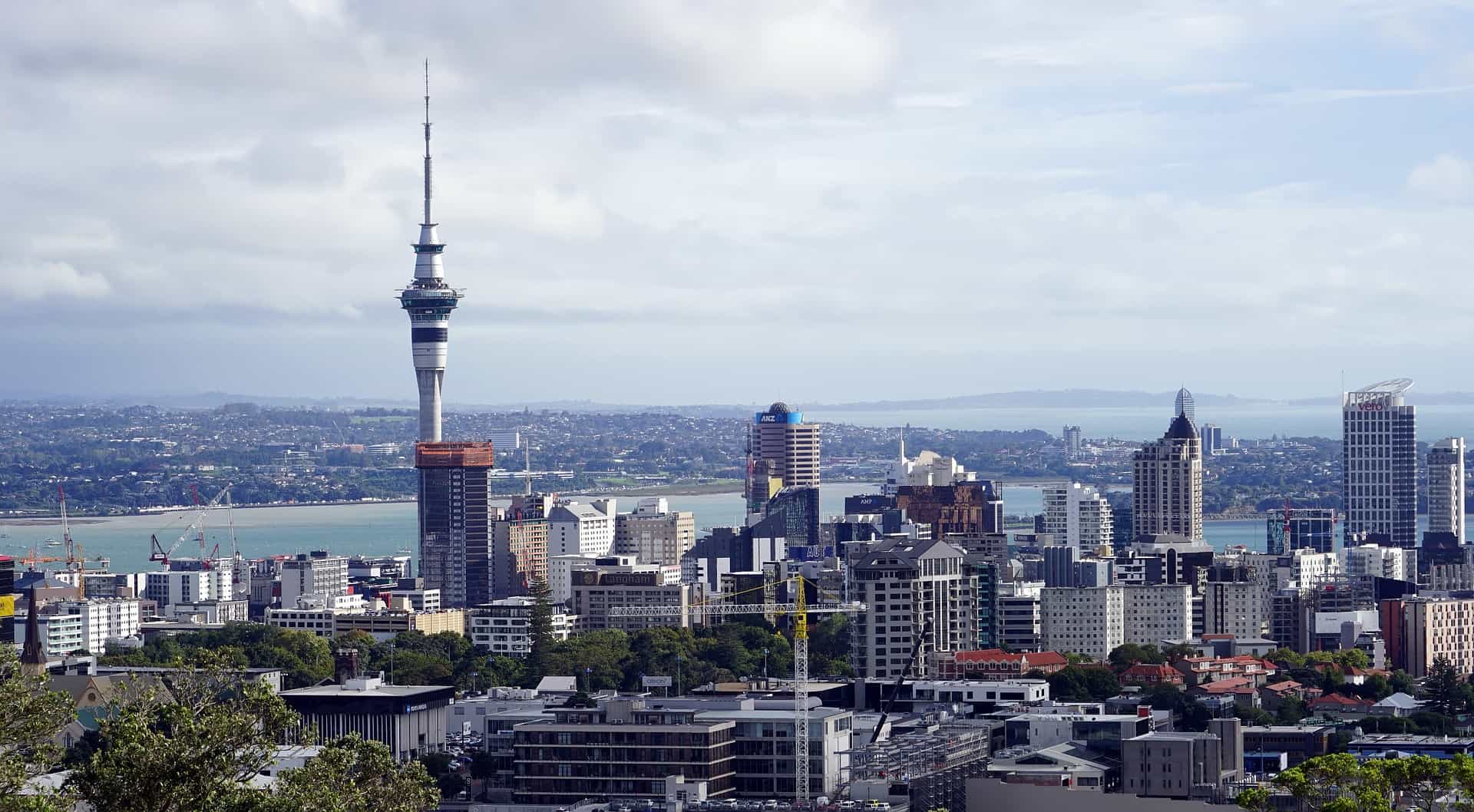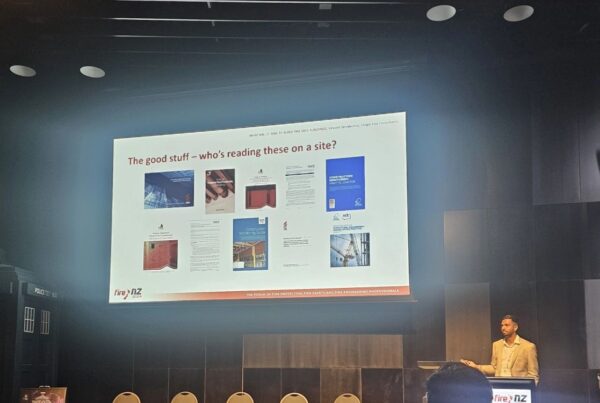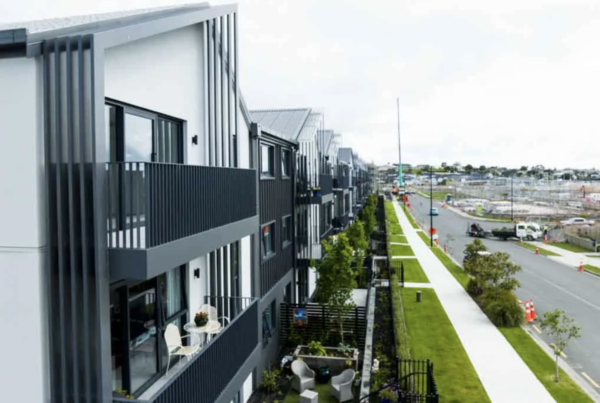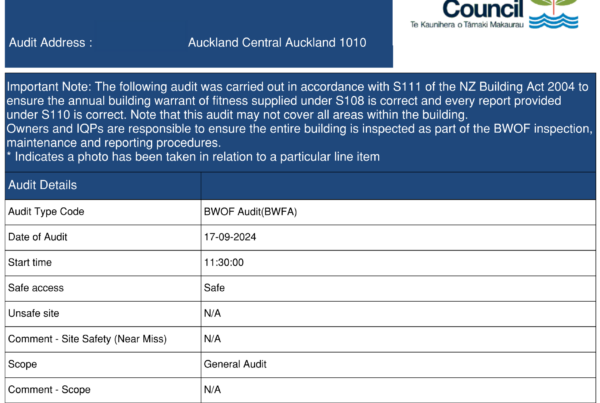When it comes to the safety of our apartment buildings one thing we know for sure is that there is no such thing as absolute safety. Safety is about reducing risk to a tolerable level and another thing we know is that our perception of a tolerable risk can vary. For example there is currently little public outcry over the approximately ten fire deaths each year occurring mainly in family homes yet a rest home fire that kills one person can create huge public outcry and installing sprinkler systems becomes immediately mandatory.
There are many fire safety features that can make buildings safer. How many of these features are incorporated in a building depends on the use, size and height of the building. A low-rise office building where people work during daylight hours and are familiar with the building has less features than a low rise rest home where people live and cannot be evacuated during night or day. A high-rise apartment building naturally has more safety features than a low rise apartment building.
All buildings
What available fire safety features apartment buildings in New Zealand will have depend on the size and height of the building. The primary structure of all apartment buildings will be protected to ensure the building does not fall down in a fire. There will be fire detection systems in all apartment buildings to provide early warning of a fire. In all apartment buildings there will be restrictions on the combustibility of
internal linings. And in all apartment buildings each apartment is fire separated from other apartments and stairwells with fire rated walls and floors.
Most buildings
Fire alarm systems alerting people to evacuate the building are found in most buildings, as are fire rated aprons and spandrels to prevent the spread of fire up the building if the building does not have a sprinkler system.
Some buildings
Fire sprinkler systems to control or extinguish fires are incorporated into some buildings. In some buildings there are fire hydrant systems in the stairs so the fire service has access to water. There are stairwell pressurisation systems to keep the stairwell free of smoke. In some buildings there are also fire breaks in the external cladding at every floor level and restrictions on the combustibility of external cladding systems.
Fire safety features are usually a complex set of systems
So what fire safety features would apartment buildings built in recent years typically include? If the building is over 10m (three floors) in height then unless it has two stairs it will have a sprinkler and alarm system. It will also have a fire hydrant system for fire service use. If the building is over 25m, seven floors, then it will have two stairs and a sprinkler and alarm system. Exterior cladding on buildings at this height will be fire retardant or non-combustible. Fire safety features are usually a complex set of systems and, the more fire safety features there are in a building the less impact the failure of any one feature will have on the outcome in the event of a fire.
My colleague Chris Mak from the Fire Protection Association and AON Risk Services says, “the reliability of sprinkler systems in New Zealand and Australia is second to none when compared to the rest of the world and there is almost always no, or very low, historical loss of life in the event of a fire.”
He also says, “the Fire Protection Association is actively involved in raising standards among its members. There are special interest groups for fire sprinklers, alarms, passive fire protection as well as a newly formed training and education group to ensure people are competent in specification and installation.”
Efficient evacuation part of the fire safety equation
Safety features make up just one part of the safety equation. The other part of the equation is efficient evacuation. Trent Fearnly, President of the Institute of Fire Protection Engineers (NZ branch) stresses the importance of evacuation schemes and regular trial evacuations. He says “it’s important to know how to get out of a building and it’s up to every individual to know the building’s exit routes. These might be different to the day-to- day exit routes, especially if the normal way is by elevator.”
For those concerned that they may have an inadequate number of fire safety features or defective fire safety
features Trent Fearnly, Michael James and Chris Mak recommend you talk to your Body Corporate or engage the services of a fire engineer to assess your building. The Institute of Professional Engineers (IPENZ) have a register of Chartered Professional Engineers that practice in the area of fire safety.



